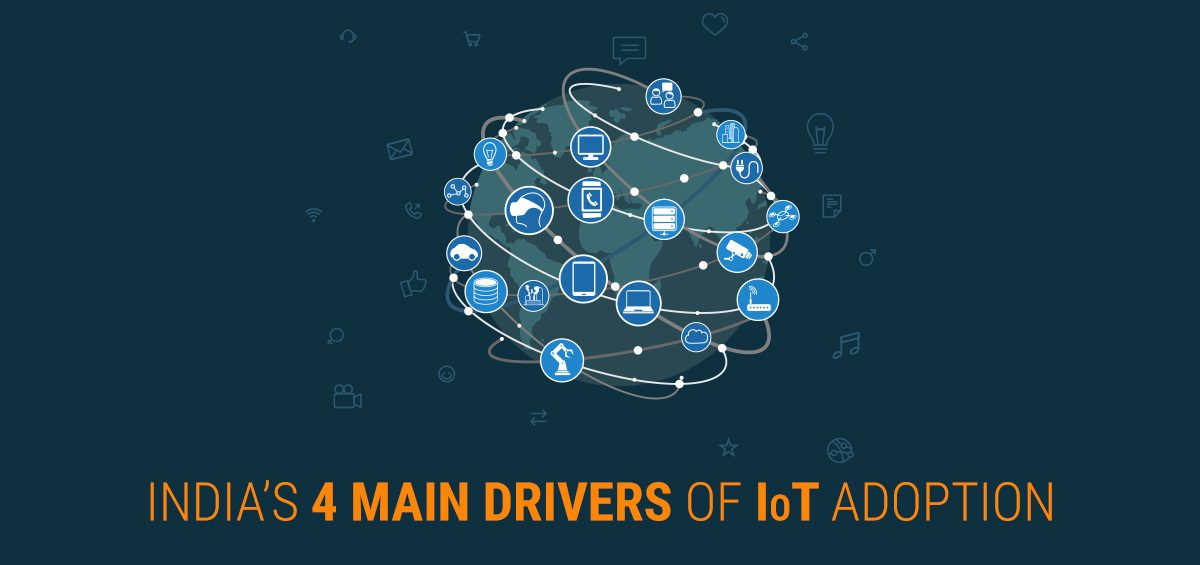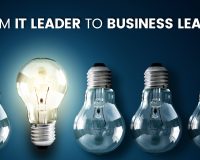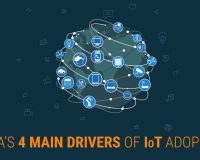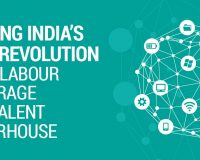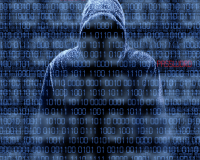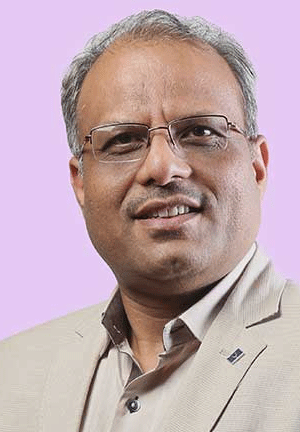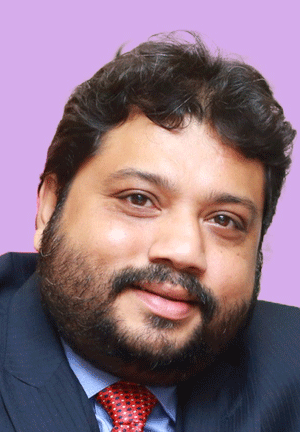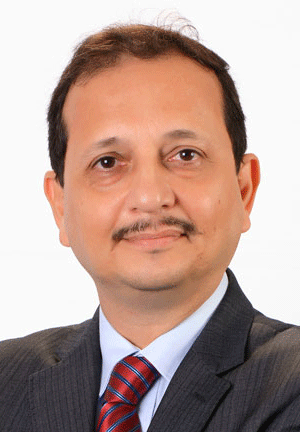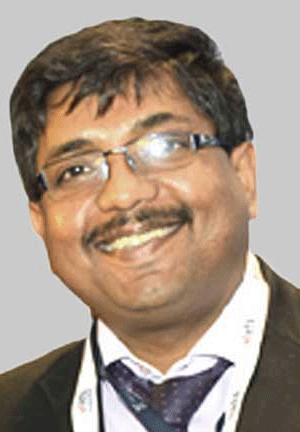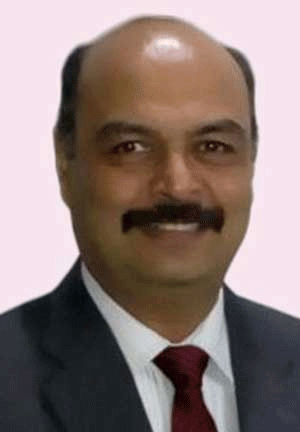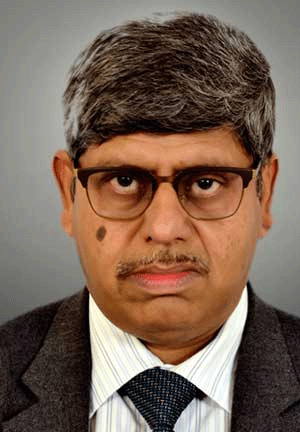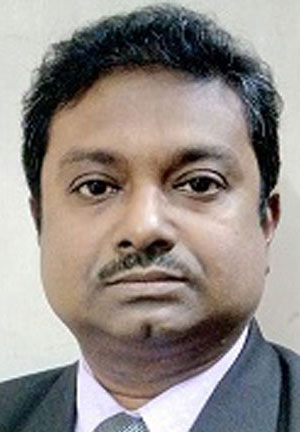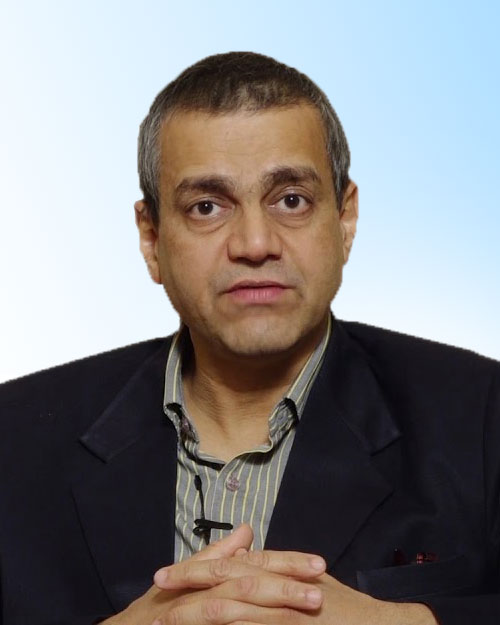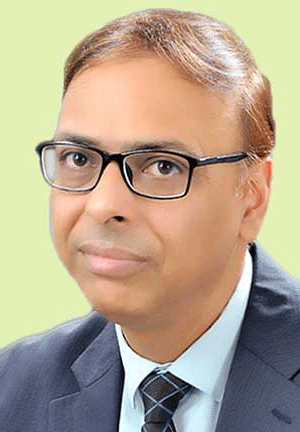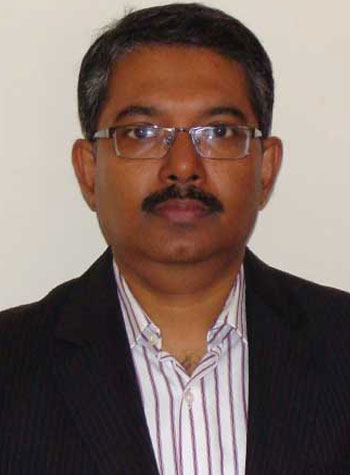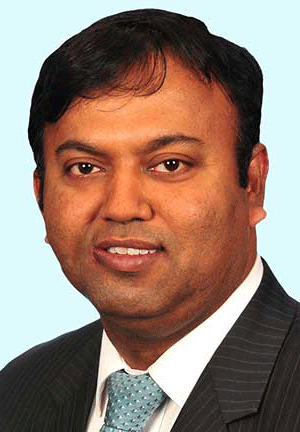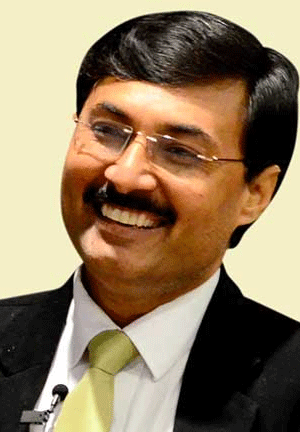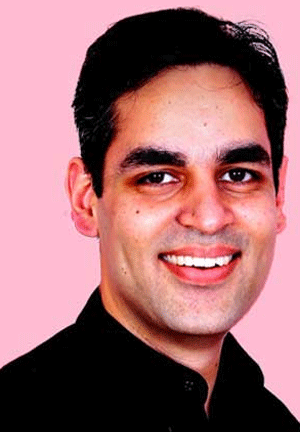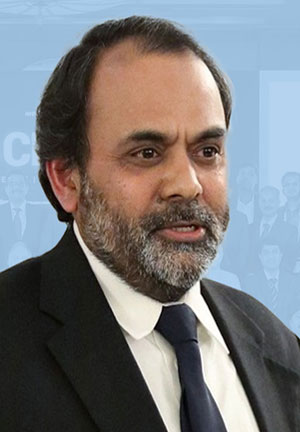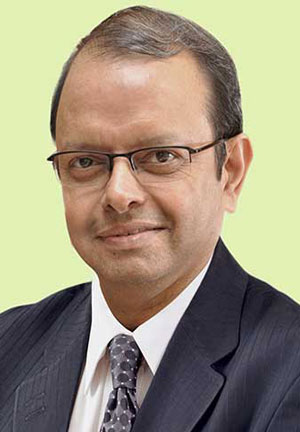From US$1.3 billion last year to US$9 billion by 2020 – India’s IoT market size is expected to multiply about seven times, whirling out to be the most promising industries.
In 1999, British technologist Kevin Ashton came up with the term Internet of Things (IoT) to define a network that not only connects people, but also the objects around them.
In just over 17 years, this concept has witnessed a global acceptance. The number of devices connected with the internet is expected to reach the gigantic figure of 22.5 billion across the globe, impacting close to 6% to the global economy, declares a report.
In this blog, we look forward to chalk down the enablers and the drivers of adoption; apart from Indian Government’s initiatives such as investing US$1 billion in creating 100 smart cities and the ‘Digital India’.
As far as India is concerned, I see four main drivers of IoT adoption:
The Mobile Revolution
It is not just the most obvious term but the most significant as well. There were several challenges for IoT which became the impetus in last few years:
These are:
- High cost of devices and limited availability of smart devices
- Lack of basic infrastructure from payments to internet connectivity in tier 2 & 3 cities of non-metropolitan state
These things have changed so much that it is now not surprising to see villagers using a smart phone and watching videos on Facebook.
Competition Shaping IoT Market Dynamics
This has helped companies selling more and selling better quality goods that are integrated with the internet. Companies which are customer-centric will have unlimited insights into customer needs, arising from information sharing across/between channels.
Increasing Quality of Life
With the increase in quality of life, Indians have started purchasing smart TVs, smart homes, smart wearables and smart cars which constitutes majorly to the adoption of IoT.
The amazing amalgamation of IoT, AI, Data Analytics & Big Data
Few years back, the data was separated in bits and pieces giving no actual insight. What this amalgamation has done is it has given Marketers an amazing consistency between the data received through digital channels.
In the Indian perspective, the subject IoT has led to the opening of several questions, debates and opportunities. Looking at this opportunity, Trescon, a Bengaluru based global business events and consulting firm is hosting global IT thinkers in the Sixth Edition Big CIO Show. One of the most important discussions is about how IoT is providing a tectonic change in the way applications are built today and how they can change the face of distributed computing once and for all.
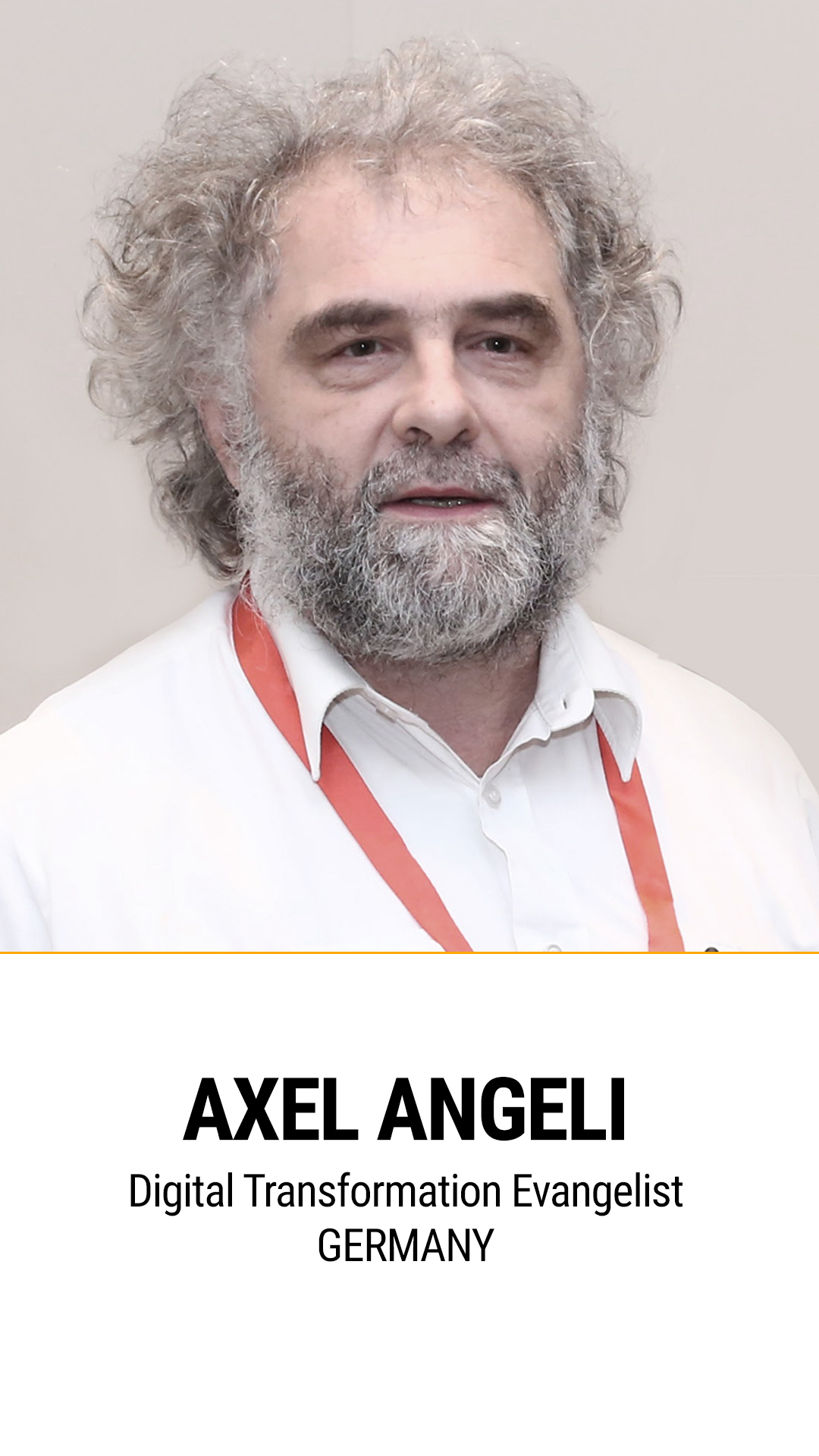
Axel Angeli, Digital Transformation Evangelist from Germany is presenting a keynote on ‘Industrial Revolution 4.0 – Going Digital’ at the #BigCIOShow.
He says, “The Internet of Things promises to connect every electronic device with ease to the internet. Yet today nearly every human has the potential to access any other computer through his smart phone.”
“The consequences are ever faster change of the human world. And since we are only at the beginning of the revolution we will see an affluence of new professions, technology and challenges that will simultaneously deprecate old habits of the social life. What will we expect in the coming decade in terms of Internet of Things, Autonomous and cyber-physical systems, cyber-security and how do we handle the ultra-large big data lakes? Let us start a fast-paced journey into the land behind the mirrors to sharpen the senses what the future of Digital Transformation will promise and what participation it demands,” explained Axel Angeli.
#BigCIOShow, in its 6th year has been a platform for CIOs to improve the visibility of their products or services by giving them a global exposure. It is a proven stage to stay up-to-date on all new concepts, technologies, smart devices, computer protocols, security, innovation, and everything pertaining to technology.
Apart from these, the 2-day show also has topics like Blockchain, AI, Cyber Security, Digital Transformation that will be discussed by CIOs in great detail.
